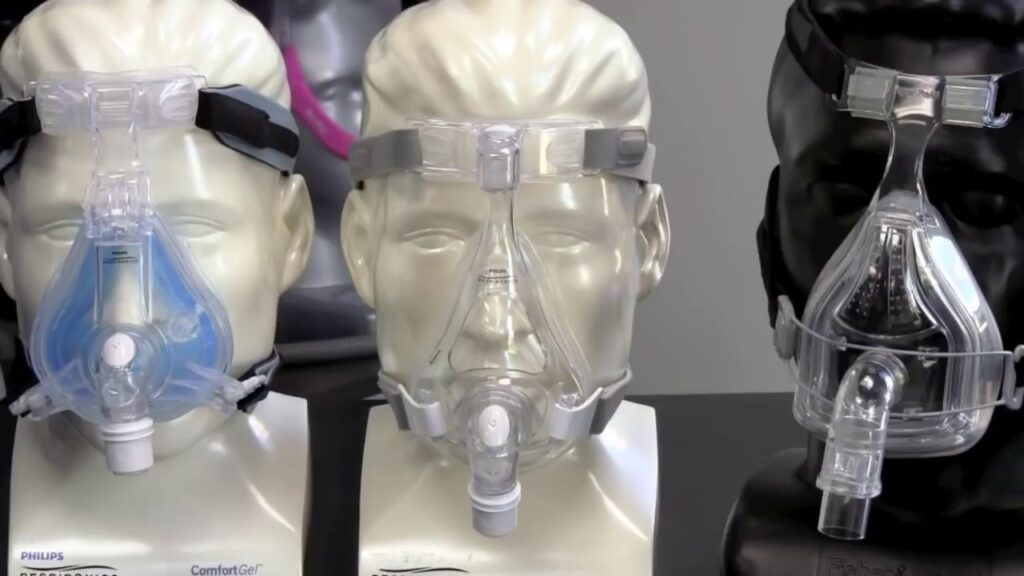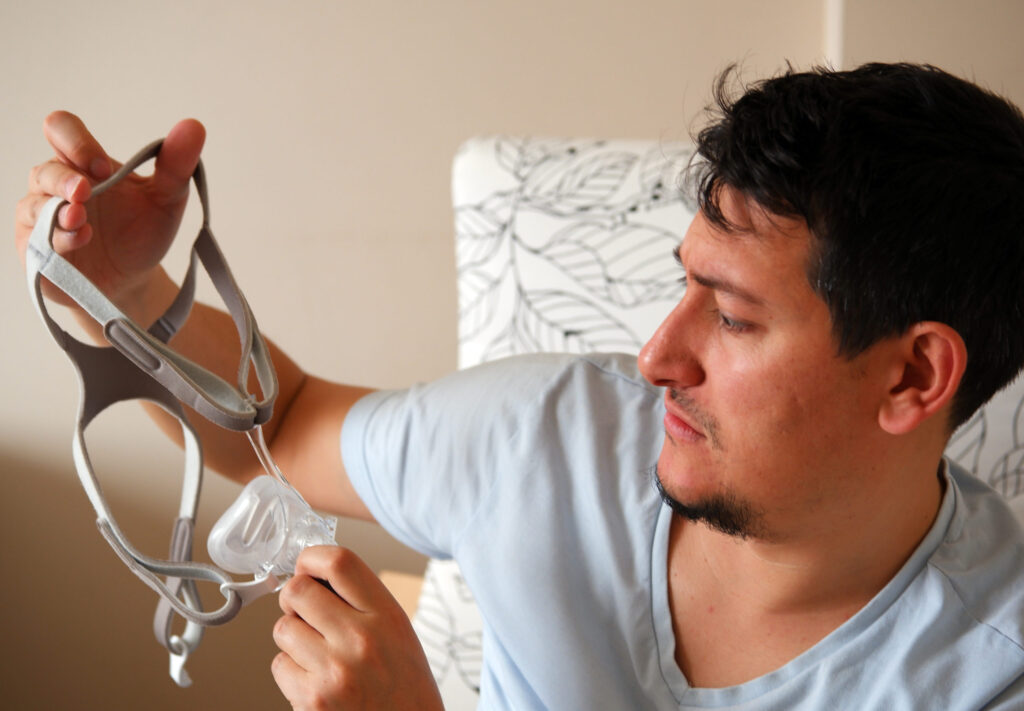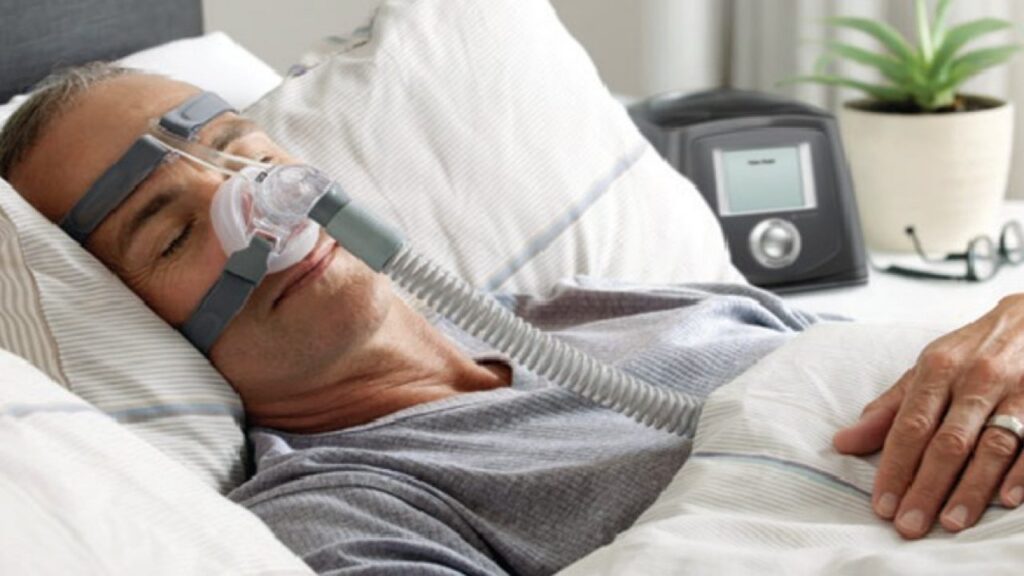It might be challenging to adapt to the CPAP masks treatment at first. Many individuals who have sleep apnea can relate to the fact that the very first time they use their CPAP masks, they despise it. You could be nervous about sleeping while wearing the mask, or you might worry that you’ll never be able to find a position that’s comfortable for you. The encouraging news is that you are not the only one. The good news is that there are a lot of hints and suggestions that will make it simpler for you to adapt to the treatment for your sleep apnea, which will allow you to begin receiving great sleep each night.
First of all, repetition is the key to success.
When you use CPAP masks for the first time, it could seem strange, just as any other new experience would. However, if you do not get acclimated to wearing the cpap mask, you will have difficulty falling or staying asleep while wearing it. Start wearing it as much as you can before night rather than putting it on immediately before you attempt to go asleep in order to maximize its effectiveness. Put it on if you plan on spending the day lounging around the home or watching television. You may also try putting it on about an hour or so before you go to bed each night and seeing how that feels.
The sooner you get accustomed to sleeping with it on, the quicker you’ll start having pleasant dreams.
Always sleep with your CPAP masks on.
It’s possible that this is the single most critical step in adapting to the new treatment for your sleep apnea. “Patient compliance” is the word that medical professionals use to refer to this phenomenon. Do not make use of it one night, but do so the next. Even though it could be a little uncomfortable at first, you should make sure to use it every night and during naps (if you’re someone who takes naps often). You may get directly into a routine by doing something like putting on your workout clothes as soon as you complete another habit, like cleaning your teeth, for example.
Remember that it’s vital to avoid naps, particularly when you’re just starting out with CPAP, since they minimize the amount of sleep debt you have accumulated. When you’re getting used to the CPAP masks therapy, having a sleep debt might actually be beneficial since it makes you feel more exhausted when it’s time to go to bed. Believe it or not. As a consequence of this, it will be much simpler for you to nod off while you are still getting accustomed to your new apparatus. The more exhausted you are, the more quickly you will fall asleep while using CPAP. Additionally, the longer you use a CPAP machine, the more used you will get to using it, and the more natural it will seem.

Every night, make a few little modifications to your CPAP masks.
Every night, your mask can need some tweaks. Reduce the tightness of the mask somewhat if you find that you are waking up with red markings on your face. You may want to consider pulling it closer to your face if you find that it slips off throughout the night. Even though your doctor or the company that provides your medical equipment personally fits your mask for you, this does not imply that you cannot make any adjustments to it to make it more comfortable for you.
Make sure that you modify the settings while laying down and with the gadget turned on if you want the best results. Because of the way that many masks seal, they experience a tiny inflation when the air is turned on. Lying down with the machine on is one way to be sure that you are receiving a proper fit for the mask.
Check to see that your mask is properly adjusted to suit YOU.
It’s possible that before you even test out CPAP masks, you’ll find yourself heading online to do some research on which mask would be the most suitable for you. It is a good idea to have your ideal mask in mind when you go to be fitted for one, but even if you don’t know which mask you want, it is essential to discuss the manner in which you sleep with your primary care physician or the company that provides medical equipment. Are you a side sleeper? Do you take breaths via your mouth most of the time? Communicate clearly and openly with your sleep physician about your requirements for the amount and quality of sleep you need. Be your own advocate in order to ensure that you obtain the mask that best fits your needs.

If your nose or throat are dry, try using a humidifier with your CPAP machine.
It is essential that you keep both your nose and throat wet while undergoing CPAP masks therapy. Because of the increased air pressure, the atmosphere will likely be drier than what you are used to, particularly if there is already a dearth of moisture in the space.
A successful treatment with CPAP requires enough humidity; however, although humidifiers for the room are helpful, modern CPAP machines come equipped with their own own heated humidifier as well as heated tubing. If you are able to adjust the level of humidity in your environment to match your specific needs, you will be able to reduce the degree of dryness in your throat and mouth, resulting in a more pleasurable and relaxing experience.
If you’re having difficulties keeping your mask on, tip number seven is to use gloves.
People often report waking up in the middle of the night to discover that their CPAP masks has been removed, even if they are certain they did not do it themselves during the night. So how do you keep it on? The solution is not complicated at all: just put on some gloves.
It doesn’t matter what sort, but the gloves should have very little or none at all grip on the object. Because of the gloves, you won’t be able to accidentally take off your mask in the middle of the night when you’re too sleepy to realize what you’re doing. If you exercise in this manner for about a week, you should be able to eliminate the need for gloves after that time.
If, after a few weeks, you are still having trouble removing your mask, you should see your physician about the potential reasons of this problem and the therapeutic options that are available.
More to read:
What you need to know about medical tests before cataract surgery
What Can I Blog About?

